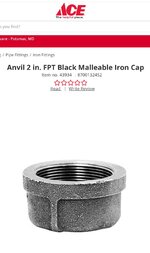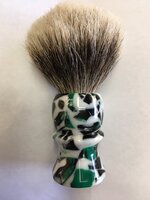MDWine
Member
. . . and I've seen the thread, but for the life of me I cannot find it now.
I want to take my acrylic/plastic/resin/etc cutoffs and get them to smaller pieces, then cast them into blanks.
Not technically difficult, but I wonder the best way to make my cutoffs smaller?
I want the individual pieces in the 1/8" range... kinda small compared to what I have seen before.
I'm thinking start with a hammer, and maybe that's all I need?
What about an electric mixer kind of machine? Maybe that would make things too small and/or dusty?
So I am polling the IAP collective for thoughts and ideas on the topic...
(the IAP BORG... all your blanks am belong to us) lol
I want to take my acrylic/plastic/resin/etc cutoffs and get them to smaller pieces, then cast them into blanks.
Not technically difficult, but I wonder the best way to make my cutoffs smaller?
I want the individual pieces in the 1/8" range... kinda small compared to what I have seen before.
I'm thinking start with a hammer, and maybe that's all I need?
What about an electric mixer kind of machine? Maybe that would make things too small and/or dusty?
So I am polling the IAP collective for thoughts and ideas on the topic...
(the IAP BORG... all your blanks am belong to us) lol


